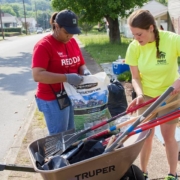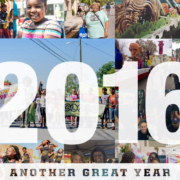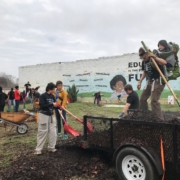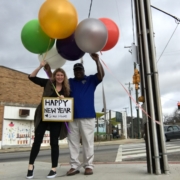Neighborhood University
Chattanooga’s Economic and Community Development Department hosted its second annual Neighborhood University on Friday and Saturday of March 3-4. The event aimed to “strengthen leadership and community building skills by providing specialized training for Chattanooga’s most active neighborhood leaders.” Focusing on capacity building and skill development, the seminar included three tracts: using community assets to improve neighborhoods, building strong coalitions for community change, and including youth to affect change in communities. The dozens of people participating the the weekend represented the neighborhoods they either lived or worked in, many coming from neighborhood associations or community-based nonprofits.
Janette Richie attended both days as a block-leader from the Glass Farms neighborhood, and I attended as an intern from the Glass House Collective. Both of us participated in the building strong coalitions tract on Friday and the community assets tract on Saturday. The first tract was led by a community organizer from Washington, DC, and he taught us how to seek out collaboration with ally organizations and institutions in our neighborhoods, while working against the plans of opponents who desire to do harm to our neighborhoods and communities. Many people offered up payday lenders as a prime example of an opponent, and city government might act as an ally by passing ordinances that disallow payday lenders. Ms. Jannette and I talked about who are allies of the Glass House Collective and thought of people like Rondell Crier and organizations like Habitat for Humanity and H&R Block.
The community assets tract was led by an urban planner from Neighborworks, a national community development nonprofit. He taught us about Asset-based Community Development (ABCD), which tries to support and grow all the good things about a community instead of focusing on what the community needs or lacks. It is a glass half-full approach instead of a glass half-empty approach. Using this model, people who want to initiate change in a neighborhood first identify all the resources that neighborhood has—whether they are businesses, churches, or skilled people—and then uses those resources for change. Ms. Janette and I identified dozens of community assets in the Glass Farms neighborhood, such as Studio Everything, the East Chatt Rec Center, and Sherman’s Reservation.
The question is, how can we best use all of these assets for community improvement?











Leave a Reply
Want to join the discussion?Feel free to contribute!